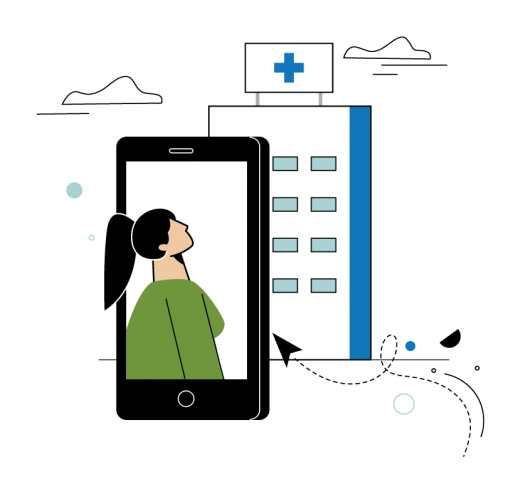
“New work”: Defining your healthcare automation & operations strategy
AVIA
Insights
AVIA

Economic realities are driving a major revolution in healthcare workforce solutions. In addition to major increases in overall workforce costs, workforce turnover has increased by 26% according to NSI’s 2022 Retention & RN Staffing Report, driven in part by a massive increase in worker burnout. Taken together, it’s easy to see how workforce challenges are one of the most critical aspects of the financial headwinds challenging the industry. These aren’t new forces, but a continuation of trends that have been evident in the industry for some time—and it’s clear that many of them are here to stay.
Health systems are taking notice. During an AVIA webinar, a survey of live attendees found that 70% of respondents planned on taking action around workforce solutions in the next 3 to 6 months.
That’s a good sign. Because for health systems, a future-proof workforce strategy isn’t just smart business today—it’s an essential part of long-term success.
In our recent webinar, Future-proofing your workforce: Digital solutions for agile staffing & scheduling, AVIA shared how health systems should look to both digital solutions and sourcing strategies to build a more durable workforce, as well as one that is more responsive to the needs of their workers and managers.
A major component of this initiative is an evolution of the way staffing is handled. Rather than a top-down approach managed through manual on-paper scheduling, health systems can begin transitioning to smart scheduling and agile staffing strategies, optimizing systems to simultaneously reduce manual overhead and harness untapped resources. At the same time, health systems can start supporting less traditional scheduling practices like rotations, flexible hours, and flexible assignments in other parts of the health system to better engage and support their workforce, reducing burnout and improving satisfaction.
In our webinar, we also presented a workforce framework that targets 4 key aspects of staffing—providing support, alleviating burden, enhancing flexibility, and building capacity—to help health systems approach the workforce challenges of tomorrow.
Watch our full webinar to learn more about AVIA’s approach to agile staffing and hear how Houston Methodist is targeting workforce challenges throughout their own executive leadership.
As the industry continues to embrace smart staffing and scheduling, the focus must shift from a strategy driven by demand to one driven by supply. There’s a tremendous opportunity for health systems to take the lead in managing their own staffing supply by leveraging their workforce at an enterprise rather than a local level, staff retainment, and re-employment programs—transitioning from a scenario where health systems are at the whims of external market forces to one where they are active managers in their own workforce supply.
This will require new digital solutions to support capabilities like smart scheduling and flexible hours, but it will also require a new way of thinking, one that embraces technologies not just tactically but strategically and transformatively. It requires not just pivots today, but a major organizational sea-change in long-term strategy and thinking at every level of the organization.
The rewards are not just financial, either—they open up the opportunity to provide better experiences and outcomes for patients and a more responsive, less stressful, and more rewarding working environment for staff.
To learn how AVIA can help health systems position themselves for long-term workforce stability and success through digital, contact us.